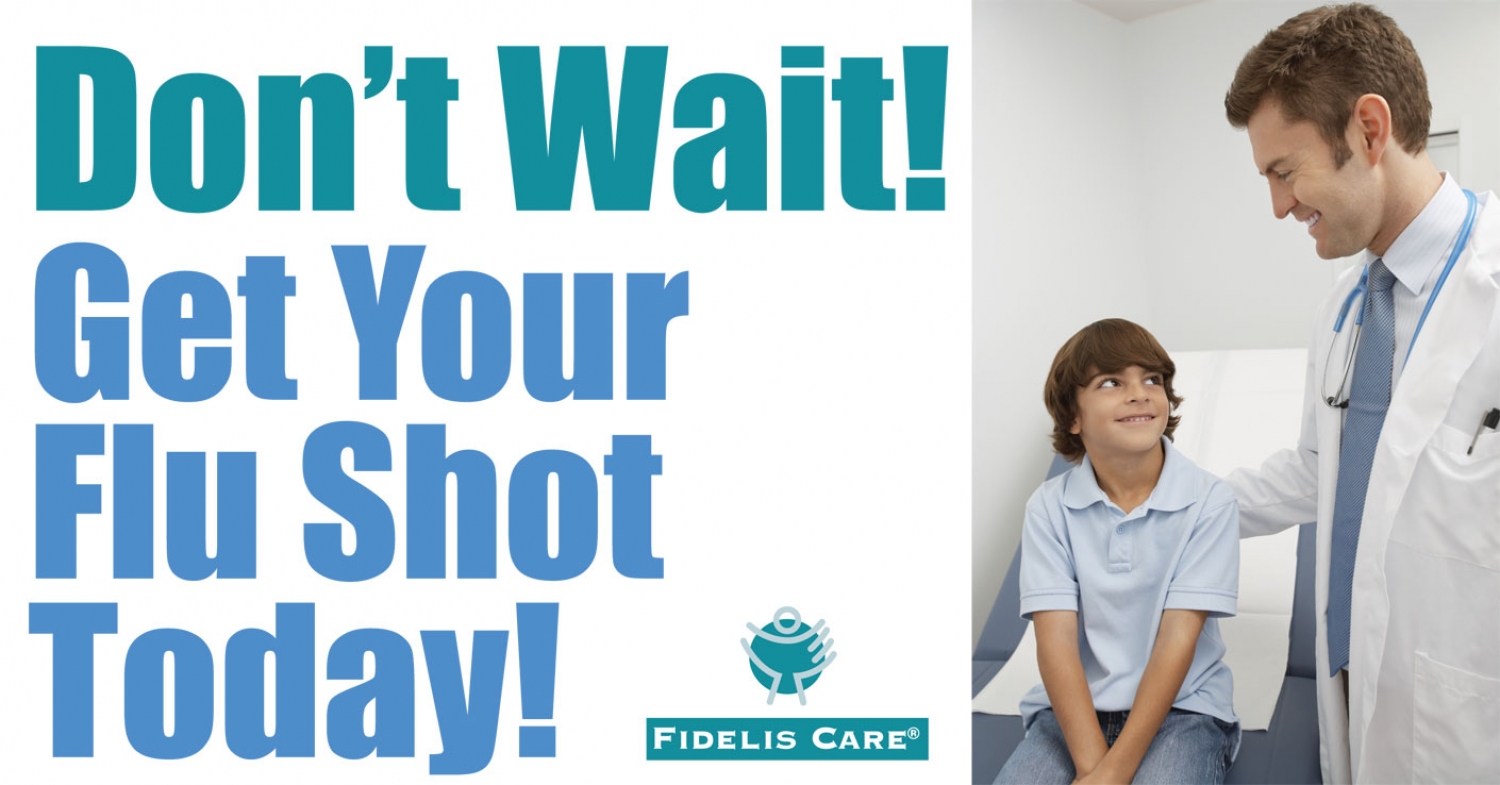Walk into a physicians’ office and you’ll be sure to see a waiting room filled with patients suffering from Upper Respiratory Infection (URI), also known as the common cold. It is the “bread and butter” of pediatrics. Some URI symptoms can last 5-7 days, or even as long as two weeks.
Nowadays, in a society with larger number of unvaccinated children and with ongoing resurgence of many preventable diseases, every studious pediatrician is asking if the patient’s symptoms are a simple prolonged URI or a Pertussis, better known as whooping cough.
Pertussis is caused by a gram negative bacteria that infects only humans. It is spread by aerosol droplets that get expelled while an infected person coughs or sneezes in proximity to others. The incubation period is 7-14 days. Based on the age of the affected patient and their vaccination status, the clinical presentation and severity may vary. The classical presentation is broken down into three distinct phases.
Catarrhal Phase
The first phase is called Catarrhal Phase, which usually lasts anywhere from 1-2 weeks with non-specific symptoms. Fever is usually uncommon and, if present, it is usually a low-grade fever. The other presenting symptoms include clear, watery nasal congestion, and cough. These early symptoms are very similar to those of the common cold, thus causing delay in diagnosis. However, in contrast to the common cold, the cough in pertussis gradually worsens instead of improving.
Paroxysmal Phase
The second phase in Pertussis is called Paroxysmal Phase, and as the name implies, patients experience paroxysm of cough at this stage. Usually, a child would have 5-10 uninterrupted successions of coughing, followed by a “whoop” as the patient draws in a breath. It is uncommon to hear classical whooping cough in adults and adolescents. This paroxysmal cough occurs multiple times a day, with even worse symptoms at night. It is also accompanied by lacrimation (tearing), salivation, cyanosis (skin turning blue-ish) and post-tussive emesis (vomiting right after cough). The Paroxysmal Stage usually can last 2-8 weeks.
Convalescent Phase
As the cough gradually improves, the patient enters the Convalescent Phase. The duration of the Convalescent Phase is variable; it can last from weeks to months.
Why is the medical world so concerned when parents refuse to vaccinate their children?
Pertussis is more severe in infants younger than 6 month of age. This group population usually presents with a short or absent Catarrhal Phase. At onset, some infants can appear deceptively well with no fever, only a slight runny nose, and a mild cough. During Paroxysmal Phase, infants present with gagging, gasping, eye bulging, vomiting, and cyanosis. The cough may or may not be Paroxysmal with classical whoop at the end. Infants, particularly those under 3 month, are most vulnerable to the serious complications of Pertussis. These complications include apnea, seizure, respiratory distress, pneumonia, encephalopathy, and death.
Pertussis is a clinical diagnosis. According to the Center for Disease Control (CDC), a patient should have a cough lasting for two weeks or more, and at least one of the following symptoms: paroxysm of cough or inspiratory whoop, or post-tussive emesis, or apnea (for infants <1 year). The diagnosis can be confirmed with a nasopharyngeal swab sent for a culture or PCR. PCR is a preferred method since it has high specificity and sensitivity, and will remain positive late in the course of the illness.
Azithromycin is the antibiotic of choice, since it is dosed once a day and has fewer adverse effects. If started early in the course of the illness (Catarrhal Phase), it can shorten the course and reduce severity of the illness. Once a patient enters Paroxysmal Phase, antibiotics are no longer effective since clinical symptoms are toxin mediated at that point. Unfortunately, because Catarrhal Phase look a lot like common cold, the diagnosis is not made at the time and the window of opportunity is missed.
The burden of whooping cough can be prevented through appropriate vaccination. American Academy of Pediatrics (AAP) and CDC recommend DTap to be given at 2 month, 4 month and 6 month pediatric well visits, followed by boosters at age 15-18 month and 4-6 years of age. Due to waning immunity overtime, a Tdap booster is recommended between ages 11-12 years.
Every pregnant female should receive Tdap after 20 weeks of gestation or right after birth. The CDC also recommends that all family members and caregivers be vaccinated as well to create “cocooning” affect until the infant is old enough to receive recommended vaccines. These vaccines are effective and safe. Multiple studies have been done, which failed to show any link between vaccine and brain damage. The most common adverse reactions are local swelling, redness, and pain, which are short-lived.




